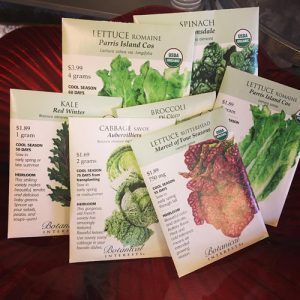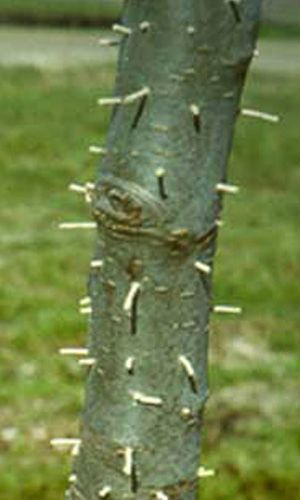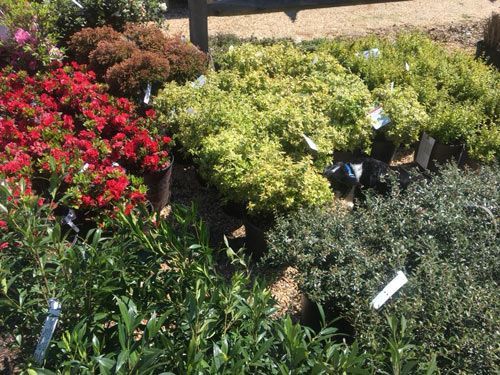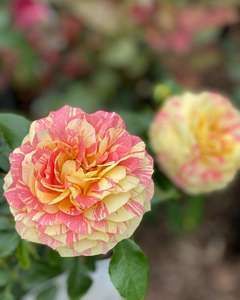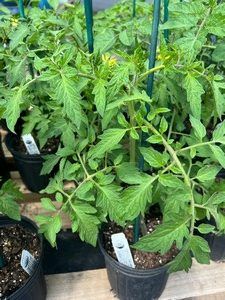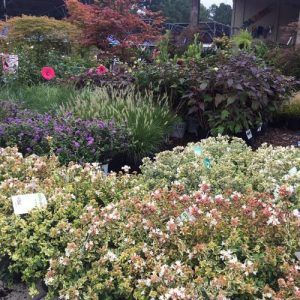Vermiculture (Worm Farming)
VERMICULTURE (WORM FARMING)

Vermiculture (Worm Farming) info by Jack Holland, Carol’s Dad
From Carol Stein’s Gardeners Forum on
Composting
Materials:
Worm bin: plastic bin with tight lid for indoors. Wooden boxes are better for outdoors. Size is determined by the amount of food waste generated in your household.
General rule = 1 square foot of surface area for each pound of garbage per week.
example: a 2′ x 3′ box is suitable for 4 to 6 people (6 lbs. of garbage per week).
Drill holes in the bin to provide oxygen.
Bedding: shredded newspaper, composted animal manure, shredded leaves; or any combination. Add 2 cups of soil for roughage. Crushed eggshells add calcium for the worms & lowers acidity in the compost. Worms will eat the bedding, so add more periodically.
Water: keep the bedding moist by adding 3 pints of water per each pound of bedding. Initially add 1 to 2 gallons of water for 4 to 6 pounds of bedding. If bedding dries out, spritz with a plant mister to moisten.
Worms: Eisenia foetida is the scientific name for “red wiggler” worms. Use only red wigglers. Bait shops carry them as fishing worms. One pound of worms will eat 4 pounds of food scraps per week.
Food Scraps: feed worms organic waste from the kitchen. Vegetable & fruit scraps, eggshells, tea bags, coffee grounds, coffee filters. Cut scraps into small pieces and cover them completely with the bedding to discourage fruit flies and mold.
Temperature: ideal temperature for a worm bin is 55o to 77o F. Worms will tolerate between 50o and 84o degrees F.
Location
Indoors: garage, kitchen, mud room, laundry room, basement.
Outdoors: Shady spot in summer. Shelter from cold in winter by putting hay bales around the bin for insulation. Or move bin into the garage.
Be sure to allow for good air circulation around the bin and protect from flooding — worms can drown!
For more info, visit Worms Can Recycle Your Garbage.




